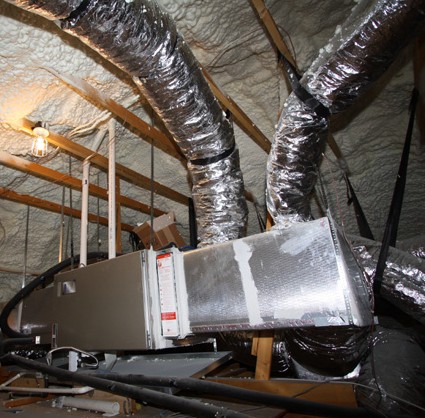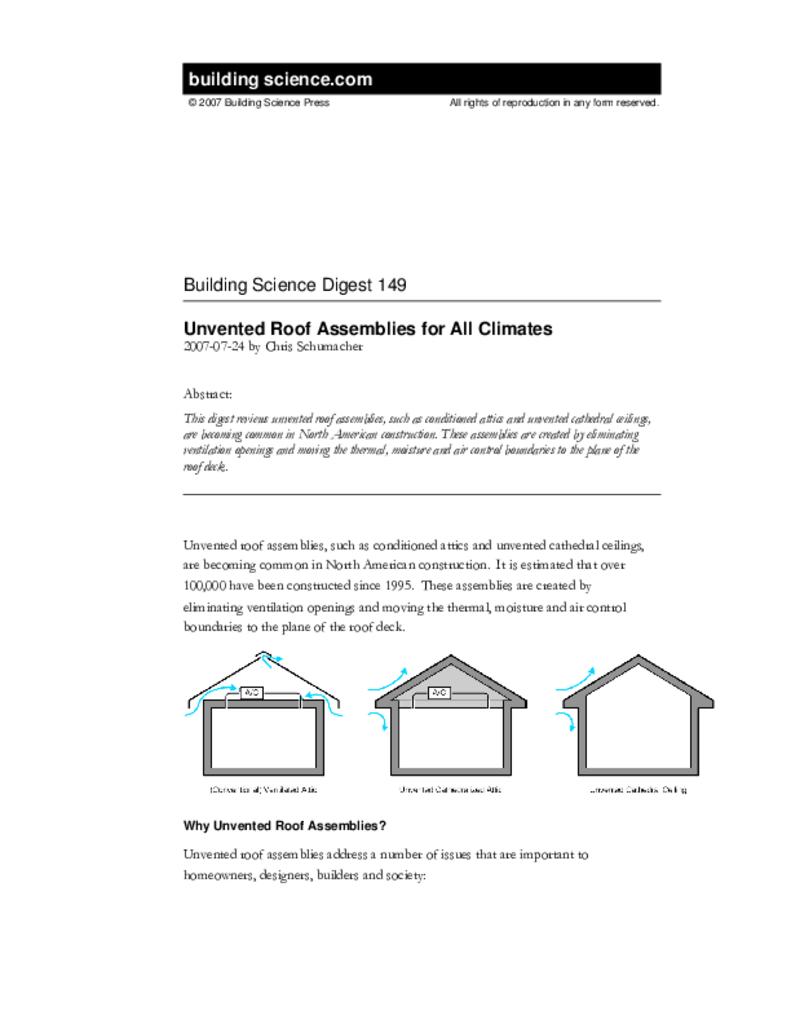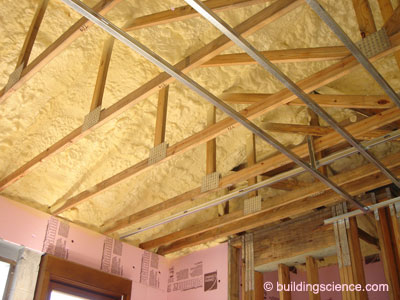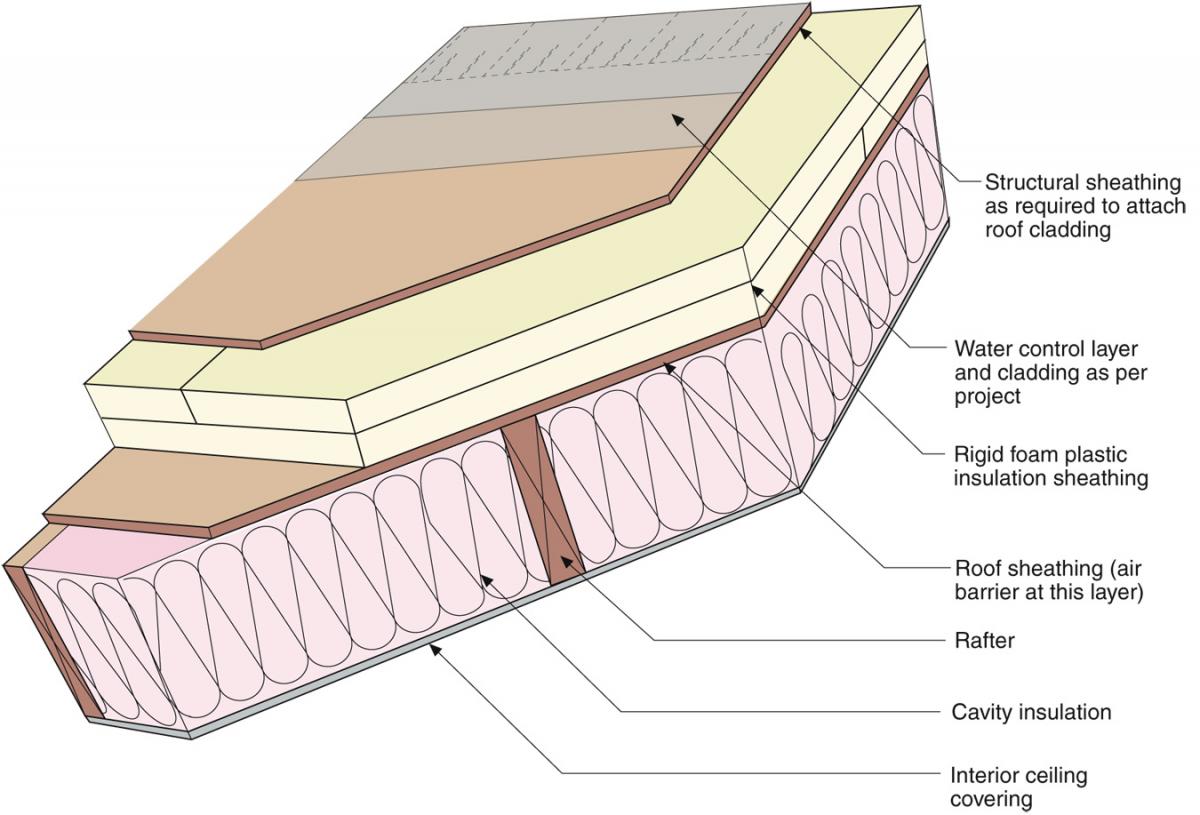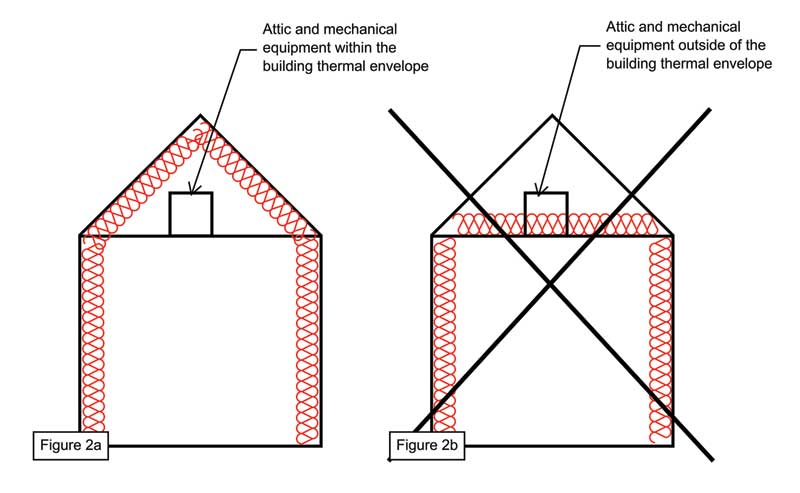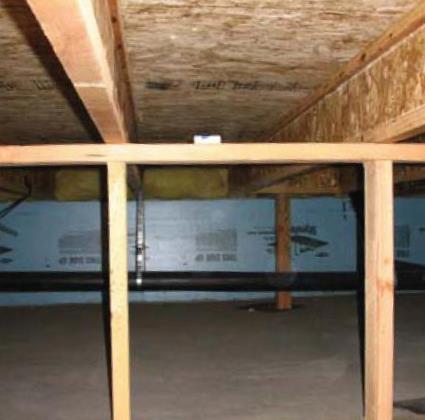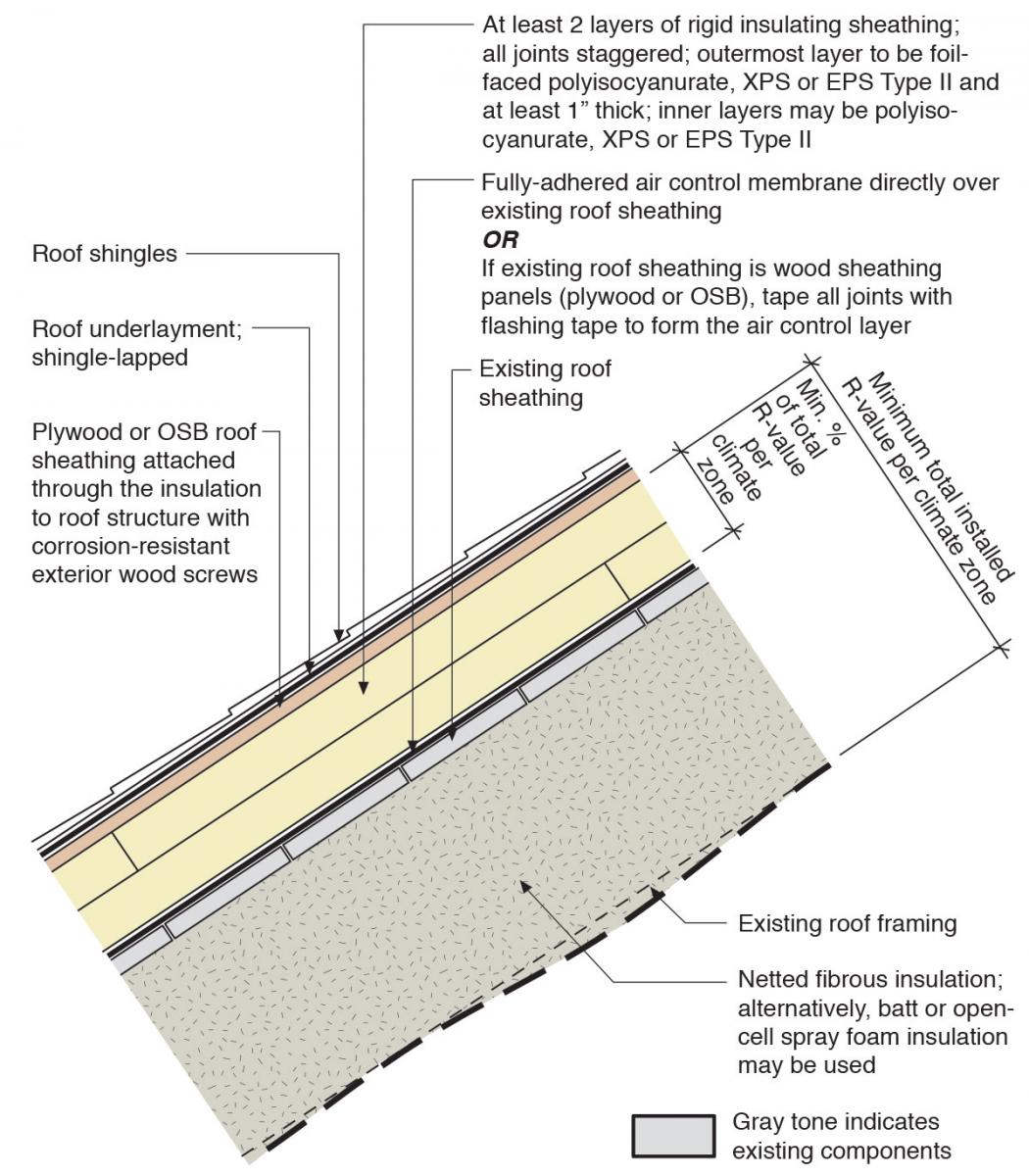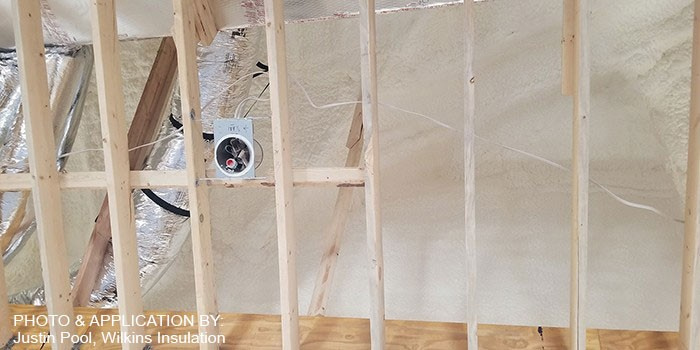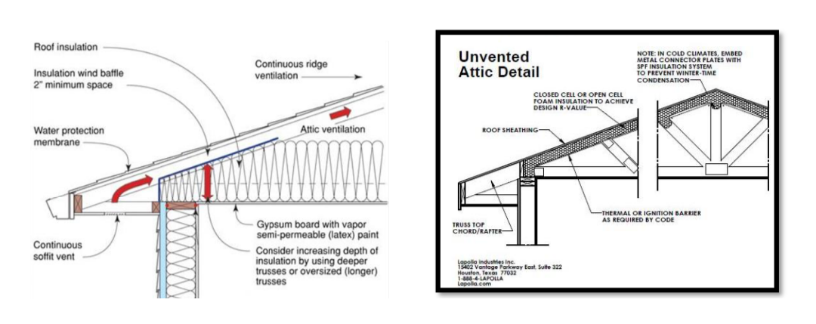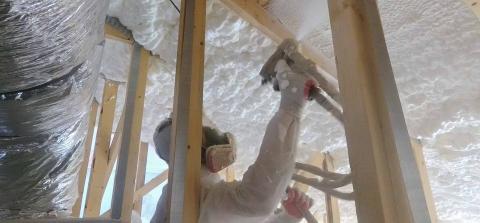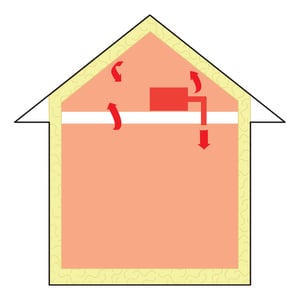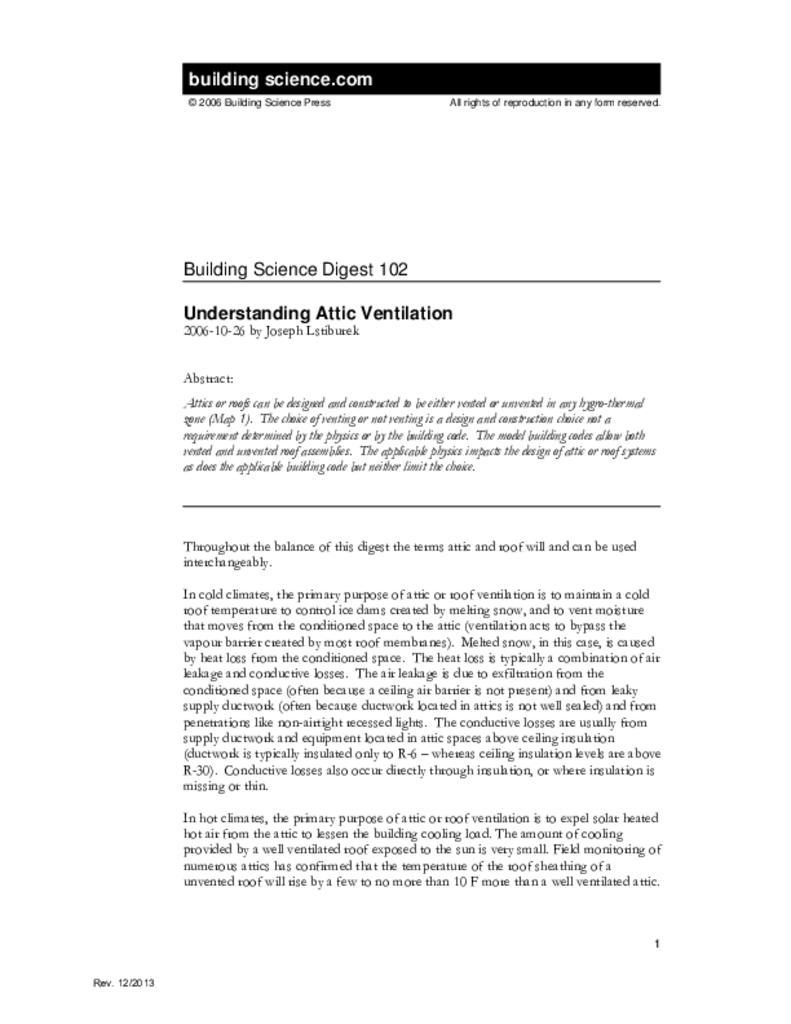High Humidity Unvented Conditioned Attics

Put a dehumidifier up there plug it in set it between 50 and 60 rh and forget about it.
High humidity unvented conditioned attics. You can do that by directly conditioning the attic with supply air by blowing conditioned air from the house into the attic by exhausting air from the attic to outdoors or by using a dehumidifier. Still got high humidity. A dehumidifier can remove it. In theory if you install a small exhaust fan in the gable wall of an unvented attic along with a passive duct or grille that allows conditioned air from the floor below to enter the attic as makeup air the humid air in the attic will be exhausted and will be replaced with less humid air from the home.
If you convert your vented unconditioned attic to an unvented conditioned attic by installing open cell spray foam on the underside of your roof sheathing you may be surprised to discover. Recommend remedies to reduce the chance of sheathing rot in unvented attics with high moisture levels. The typical construction scenario involved the use of low density open cell spray foam insulation for the thermal barrier at roof deck and duct work installed in the unvented attic space. Wood roofing panels endorsed by the apa usually contain an in service water content of between 4 and 16.
Identify the sources of moisture in unvented conditioned attics with elevated indoor humidity levels. High humidity in unvented conditioned attics. Decide whether open cell spray foam or closed cell spray foam is preferable when creating an unvented conditioned attic. However if moisture is able to enter the unvented attic space it may lead to roofing panel issues.
Install a dehumidifier in your attic. If you don t do that you ve got to reduce the amount of water vapor in the attic. The energy savings touted by unvented attics can be as high as 20. After from sealing things up and fixing your pressure balance this is usually the best solution to high humidity in a spray foamed attic.



